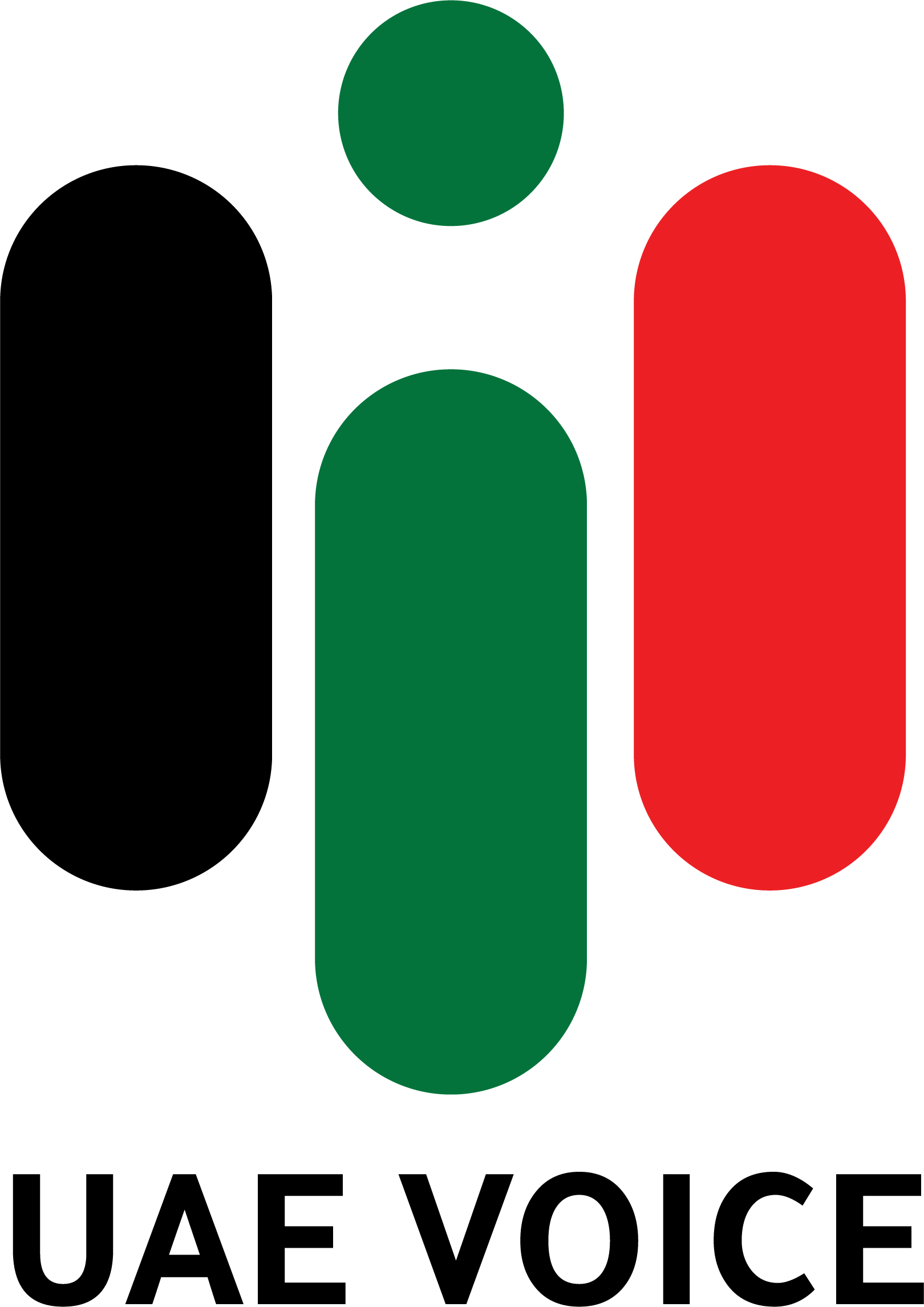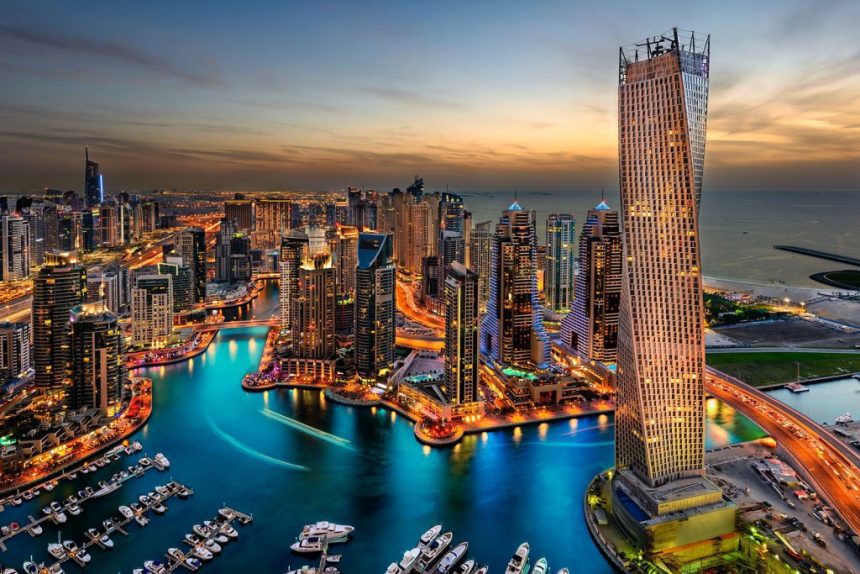Productivity of Private Sector Witnessed huge increase in comparison to the last Four years.
The latest Purchasing Managers’ Index (PMI) for the UAE, released by S&P Global, showed a significant increase in purchasing activity across the non-oil private sector in November.
This was driven by a strong rise in new business inflows and efforts to rapidly replenish and increase inventories in the face of robust demand rates.
Mentioning that this surge culminated in the largest increase in stock levels in nearly six years.
While Selling prices remained largely stable.
Productivity of Private Sector non-oil companies rose sharply.
The seasonally adjusted UAE headline PMI registered 57 points in November
The rate of new orders remained within growth territory, with increasing demand, new customers, inquiries about projects, and marketing efforts driving the expansion.
Production levels in the non-oil economy rose sharply during November, with the rate of growth reaching its highest level since June.
Also purchasing activity for production inputs expanded rapidly in November, as companies sought to maintain strong inventory levels due to the robust rate of demand.
In fact, non-oil companies continued to benefit from suppliers’ ability to reduce supplier lead times in response to company demand.
While companies witnessed another strong increase in purchasing prices, which, despite easing from October, was the second-fastest rise since mid-2022.
Job growth remained moderate, and wages also rose only slightly.
The UAE came first regionally in the index of biodiversity and natural habitats, within the Environmental Performance Index for the year 2022, and there are 50 types of natural habitats spread in the country. pic.twitter.com/8ho44G9KyN
— UAE Voice (@uae_voiceeng) December 6, 2023
Explanation:
The PMI is a composite indicator that measures the performance of the manufacturing and service sectors of an economy.
It is calculated by taking the average of five sub-indexes: new orders, production, employment, deliveries, and inventories.
A reading above 50 indicates that the economy is expanding, while a reading below 50 indicates that the economy is contracting.
In November, the UAE’s non-oil PMI registered 57 points, which is above the 50 threshold that indicates expansion.
This is the highest reading for the PMI since June 2019.
The increase in the PMI was driven by a number of factors, including:
- Strong demand: New orders increased at a faster pace in November than in any month since June 2019. This suggests that demand for goods and services in the UAE is strong.
- Increased production: Production levels also increased at a faster pace in November than in any month since June 2019.
In its first days #cop28 achieved a long list of unprecedented achievements and successes in the history of COP conferences by announcing many pledges and commitments that work to unite the world’s efforts to confront the challenges of climate change. pic.twitter.com/4XnycplPXx
— UAE Voice (@uae_voiceeng) December 6, 2023
The increase in demand and production led to a rapid increase in purchasing activity.
Companies were eager to replenish their inventories in order to meet the growing demand.
This led to the largest increase in stock levels in nearly six years.
Prices for purchased inputs also increased in November, but at a slower pace than in October.
This suggests that some of the inflationary pressures that have been building in the UAE economy are starting to ease.
Employment growth remained moderate in November, while wages rose only slightly.
This suggests that companies are still cautious about hiring new workers, even as the economy continues to grow.
Overall, the PMI data for November suggests that the UAE’s non-oil economy is on a strong footing.
Read Also:
OPEC Expects Permanent Expansion for the UAE Economy.
Emirates National Day Celebrated By Emirates Airline Special Way
COP28 in 5 Days … Exceptional Achievements for the World
About CBUAE and COP28 Presidency Sustainable Finance Event





